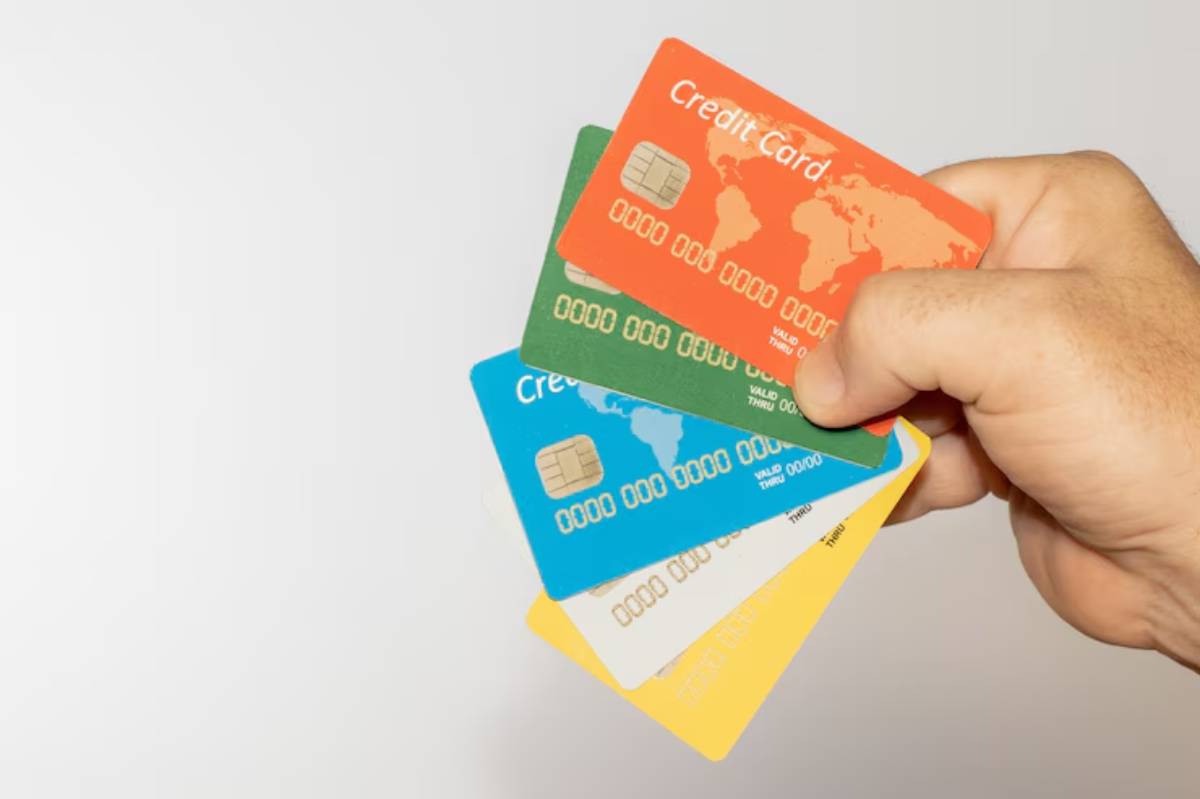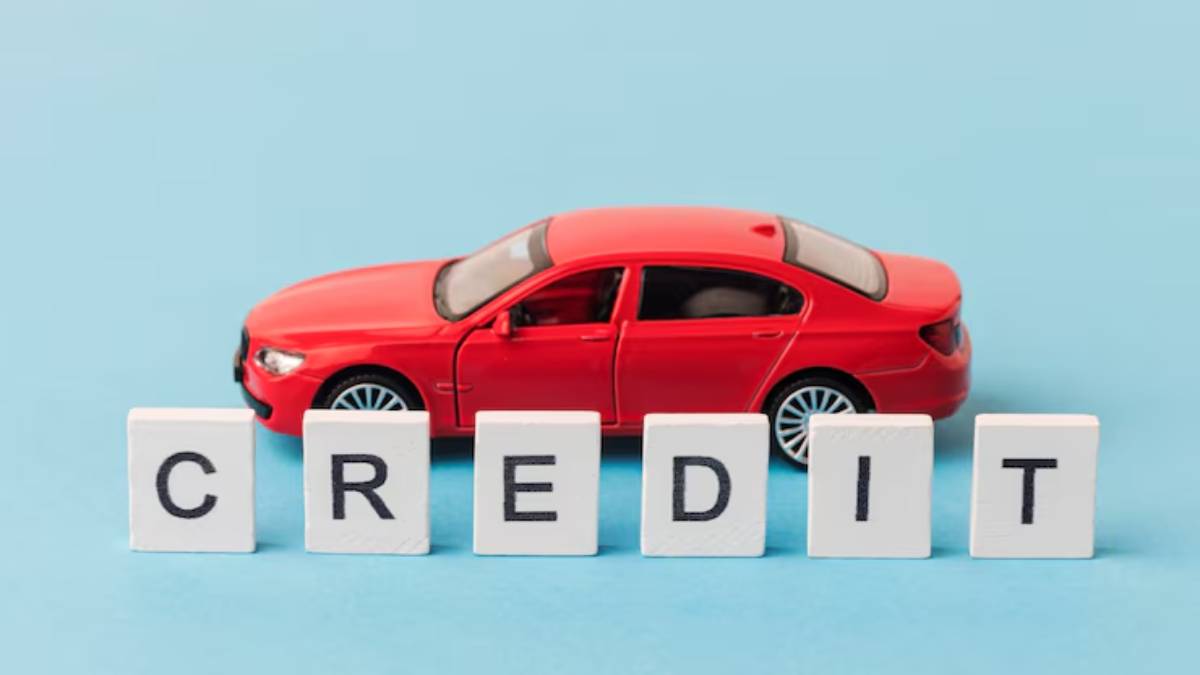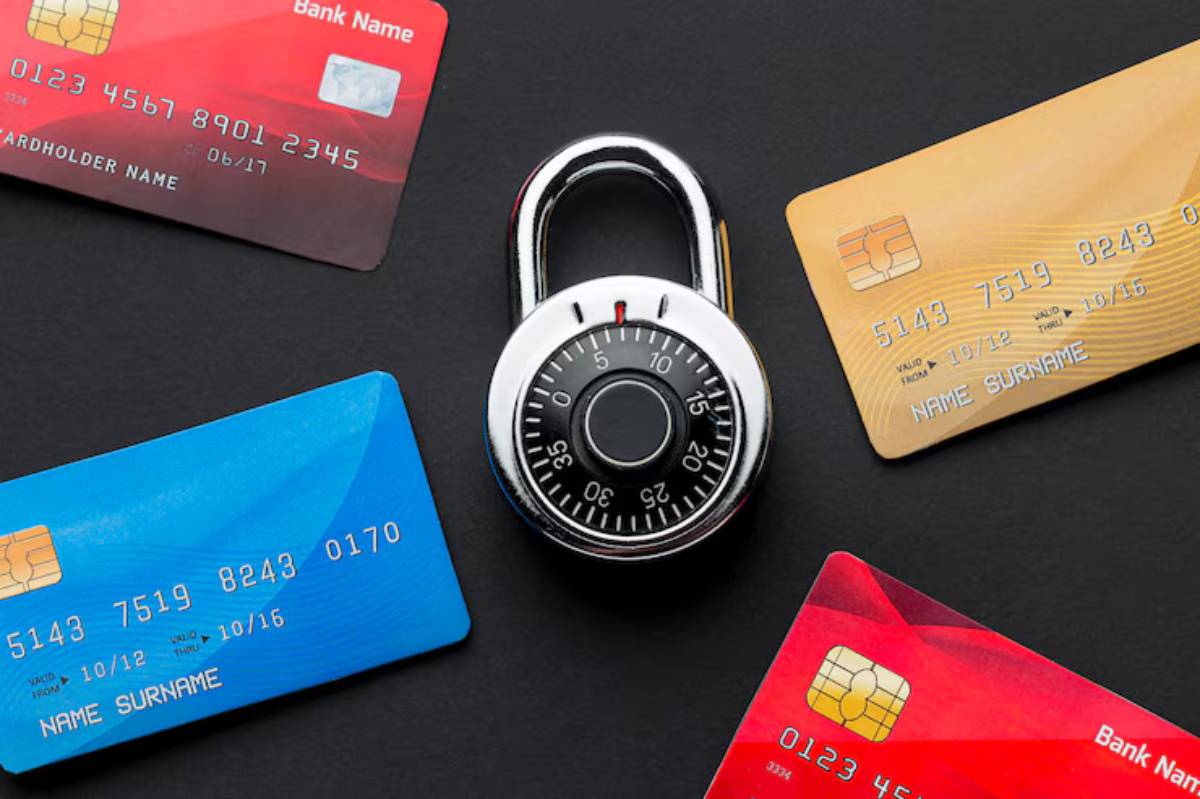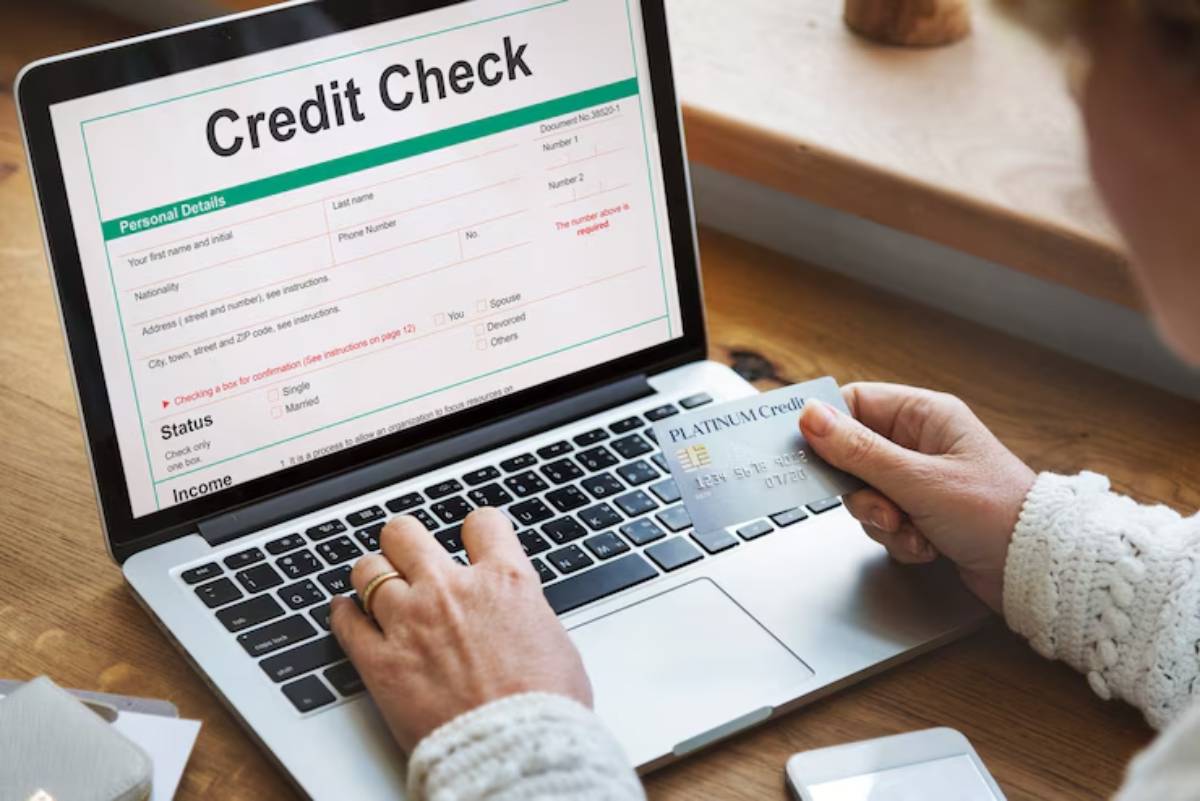
Keeping Your Credit Active Without Debt
Good credit is a valuable tool. It helps you get approved for loans, secure better interest rates, rent a flat, and even qualify for certain jobs. But what if you want to maintain active credit without taking on debt?
The idea may seem impossible, but it’s not. With smart strategies, you can keep your credit profile healthy while staying debt-free.
This guide explains why credit maintenance matters, how to keep your accounts active, and how to protect your credit standing while practising debt-free credit habits.
Why Keeping Your Credit Active Matters

Credit scoring models reward people who have:
- An established history of using credit
- A variety of credit accounts
- Recent activity that shows responsible use
If you never use your credit accounts, lenders may see you as a higher risk, even if you’ve never missed a payment. Inactive accounts can also be closed by the lender, which lowers your available credit and may harm your score.
What Happens If You Let Credit Go Inactive?
Inactive credit accounts can lead to:
- Account closure by the lender
- Reduction in your total credit limit
- Higher credit utilisation ratio (which may lower your score)
- Loss of a positive payment history on closed accounts
Most lenders consider accounts inactive if there’s been no activity for 6 to 12 months.
The Balance: Using Credit Without Debt
So, how do you show you’re using credit without carrying a balance?
The answer lies in strategic credit maintenance:
- Use your card for small, regular purchases
- Pay off the balance in full before the statement date
- Keep accounts open and active without ever paying interest
Best Practices for Active Credit Without Debt
Set a Small Recurring Payment
Link a small monthly expense, such as:
- A subscription (e.g. Netflix, Spotify)
- Your phone bill
- Gym membership
This keeps the account active without adding unexpected charges.
Pay in Full Every Month
Avoid paying interest by paying the balance off completely before the due date.
This keeps your utilisation low and ensures you don’t carry debt.
Rotate Between Cards

If you have multiple cards, use each at least once every few months to avoid inactivity closures.
Check Account Activity Regularly
Monitor your accounts for fraudulent charges or changes in terms. Most banks offer free alerts for activity.
Set Up Automatic Payments
Autopay ensures you never miss a payment, which protects your credit score.
You can set it to pay the full balance or a set amount.
Avoid Large Purchases on Credit
Stick to using your credit card only for small, predictable expenses to avoid accidental debt accumulation.
Read more in: Managing Credit Card Payments Effectively.
Alternative Ways to Keep Credit Active
You don’t have to rely solely on credit cards. Other types of accounts also help with active credit:
1. Credit-Builder Loans
Offered by credit unions or online lenders, these small loans help build payment history without traditional debt risk.
2. Secured Credit Cards
If you’re nervous about overspending, a secured card (backed by a deposit) allows for controlled spending with all the benefits of traditional credit.
3. Report Your Rent or Utilities
Some services (e.g. Experian Boost, CreditLadder) allow you to report rent or utility payments as part of your credit report.
This helps maintain debt-free credit while building positive payment history.
Common Mistakes to Avoid
Even with the best intentions, some actions can harm your credit.
Closing Old Accounts
Older accounts help lengthen your credit history. Unless the card has high fees, keep it open.
Only Using One Account
Using only one card increases your risk if that account is closed or maxed out. Keep multiple accounts active in rotation.
Forgetting About Autopay
Even small missed payments can damage your credit. Always set up reminders or automated payments.
Ignoring Your Credit Report
Check your credit report at least once a year to ensure all information is accurate and there are no fraudulent accounts.
How Often Should You Use Your Credit Card?
A good rule of thumb:
- Use each credit account at least once every 3–6 months
- Keep spending low and manageable
- Pay it off immediately to avoid carrying any debt
This strikes the perfect balance between credit maintenance and responsible spending.
How Credit Monitoring Supports Debt-Free Credit
Credit monitoring services help you:
- Track your score
- Receive alerts for unusual activity
- Monitor your credit utilisation
Using tools like ClearScore, Credit Karma, or your bank’s credit score tracker gives you insights without having to borrow more money.
Is There Such a Thing as Too Little Credit Activity?
Yes. A completely inactive credit profile can cause your score to stall or even drop.
The key is to show lenders you know how to use credit responsibly:
- Make occasional small purchases
- Always pay on time
- Avoid carrying balances month-to-month
Can You Have Good Credit Without Debt?
Absolutely! You don’t need to carry a balance to have great credit.
Your score improves by:
- Using credit periodically
- Paying in full
- Avoiding late payments
- Maintaining low utilisation across accounts
Stay Active, Stay Debt-Free
Maintaining active credit doesn’t mean you have to take on debt. It means using your accounts strategically to show consistent, responsible behaviour.
By setting up small recurring charges, rotating account use, paying in full, and monitoring your reports, you can achieve excellent credit maintenance — all while staying in control of your money.
Ready to get started?
Pick one of your credit cards today. Link a small monthly expense and set up autopay. Repeat the process with any additional accounts you want to keep active. With these small steps, you’ll protect your debt-free credit and maintain long-term financial health.
Explore more in our guide: Becoming an Authorised User: Pros and Cons.


